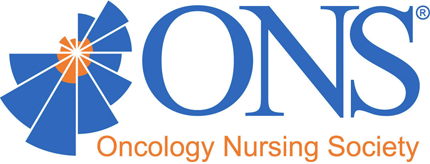Herrstedt, J., Sigsgaard, T.C., Nielsen, H.A., Handberg, J., Langer, S.W., Ottesen, S. & Dombernowsky, P. (2007). Randomized, double-blind trial comparing the antiemetic effect of tropisetron plys metopimazine with tropisetron plus placebo in patients receiving multiple cycles of multiple-day cisplatin-based chemotherapy. Supportive Care in Cancer, 15, 417-426.
DOI Link
Study Purpose
To compare tropisetron plus metopimazine versus tropisetron plus placebo for the prevention of chemotherapy-induced nausea and vomiting (CINV)
Sample Characteristics
This study reported on 82 patients with germ cell tumors scheduled to receive four cycles of cisplatin, given as a five-day treatment every three weeks.
Study Design
This was a randomized, double-blind trial.
Measurement Instruments/Methods
Patients used diaries to record the number of vomiting and retching episodes, nausea severity (on a four-point Likert-type scale), and appetite evaluation (on a four-point Likert-type scale).
Satisfaction with antiemetic treatment was collected via a categorical question (satisfied versus not satisfied). Those who were not satisfied with the antiemetic treatment were withdrawn from the study, as they were requesting additional or other treatments.
Results
Tropisetron plus metopimazine was reported to be superior to tropisetron plus placebo in the overall period (days 1-9) in terms of complete protection from vomiting as well as decreased nausea. The treatment arm also was superior over multiple cycles, providing cumulative emetic protection.
Nursing Implications
This study addressed an appropriate and effective antiemetic prophylaxis for multiple-day chemotherapy regimens (usually cisplatin-based). However, antiemetic control in both treatment arms was poor.
Since this study was conducted, newer agents (i.e., palonosetron and aprepitant) have been proven to have greater efficacy than the treatments used in this study. Furthermore, the treatments described in this study are known to be inferior to treatments that include a corticosteroid. Finally, the rates of protection from CINV associated with the agents studied are not good.

